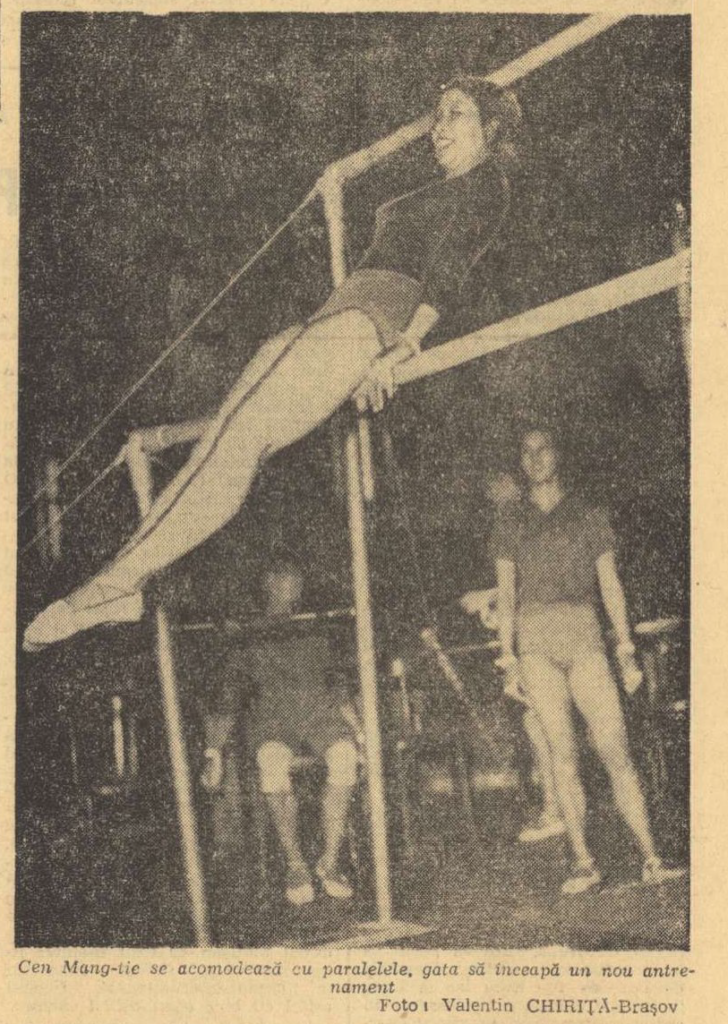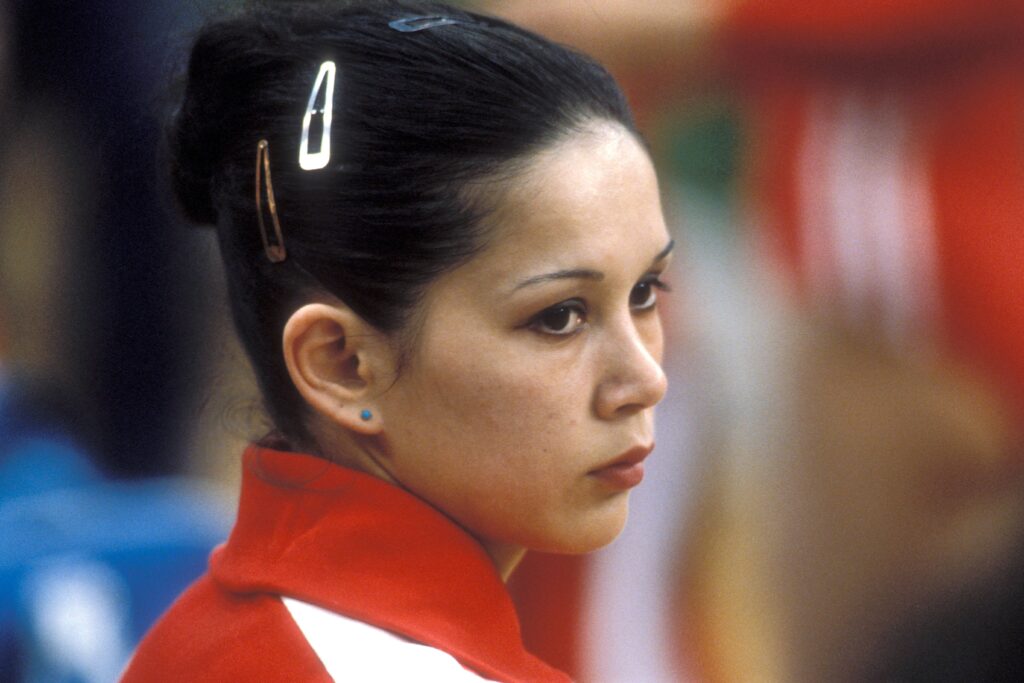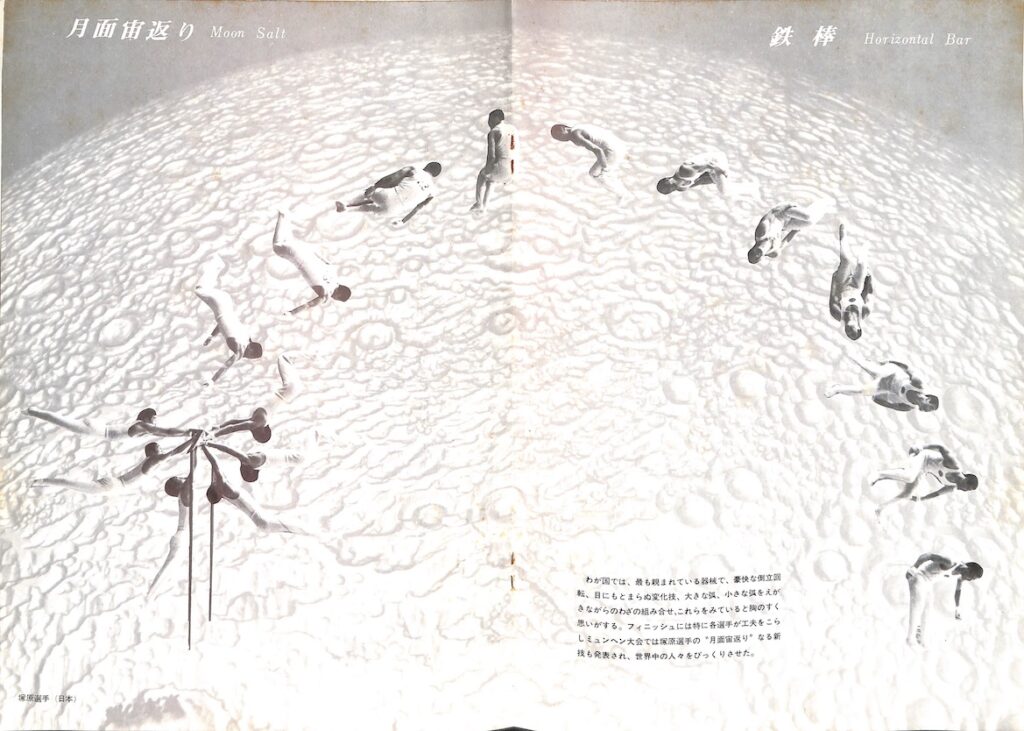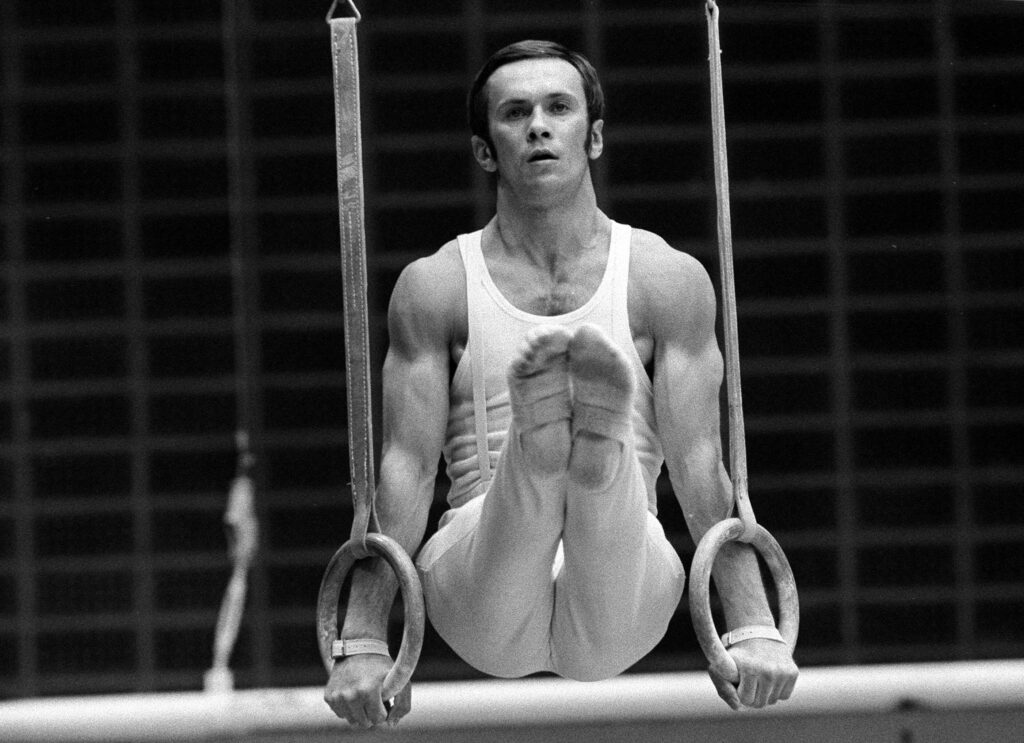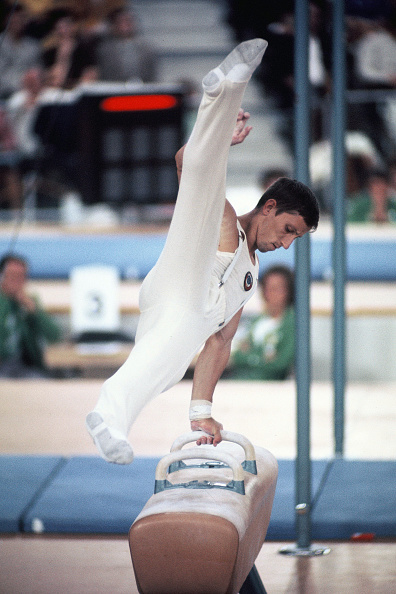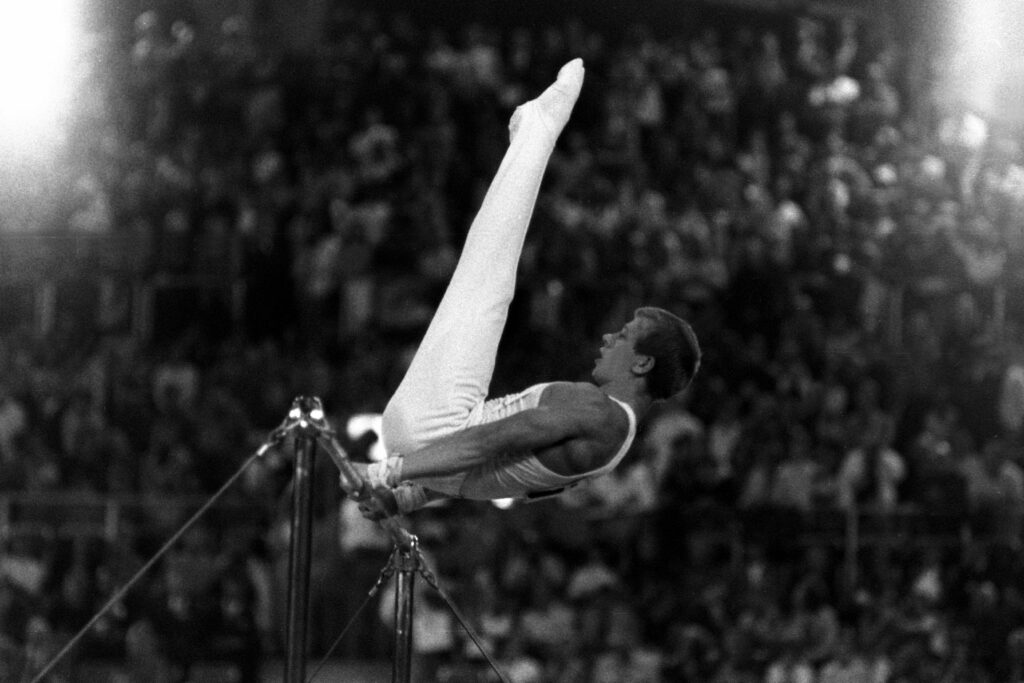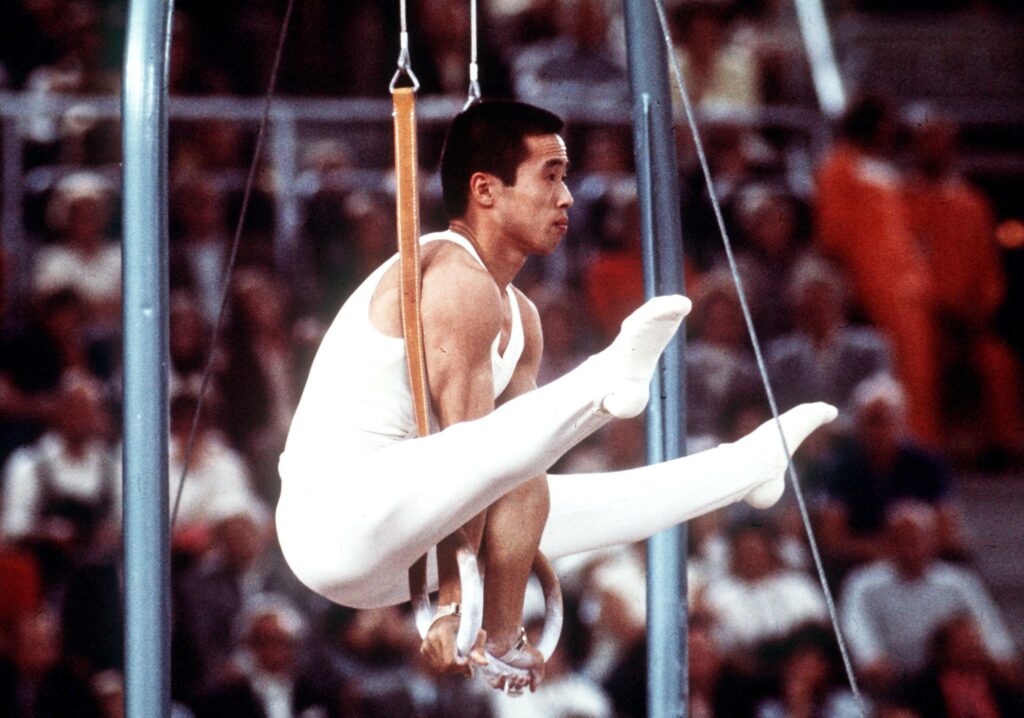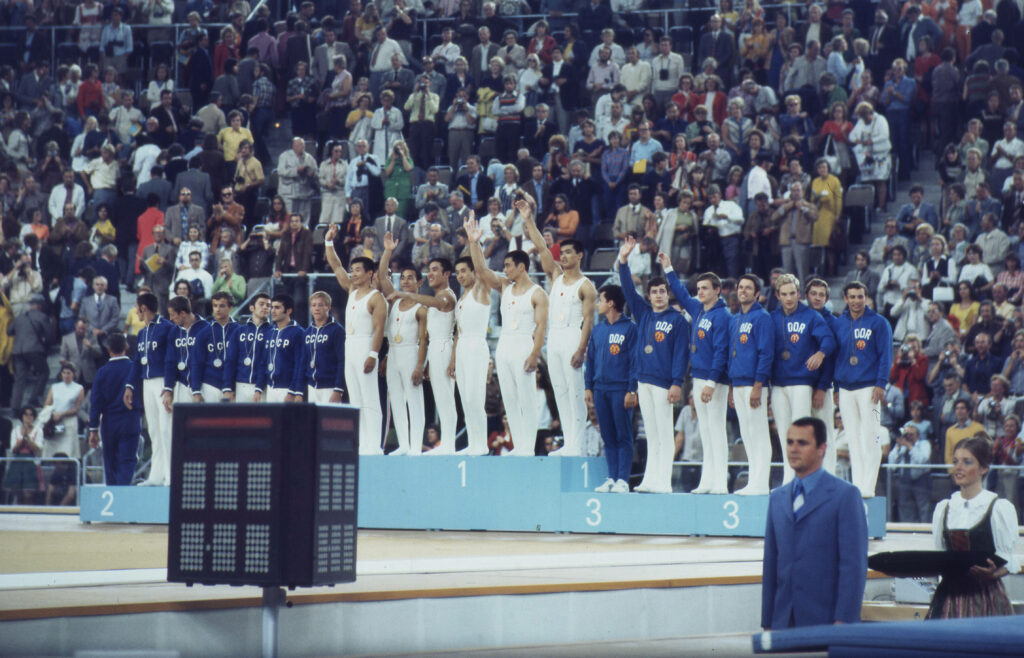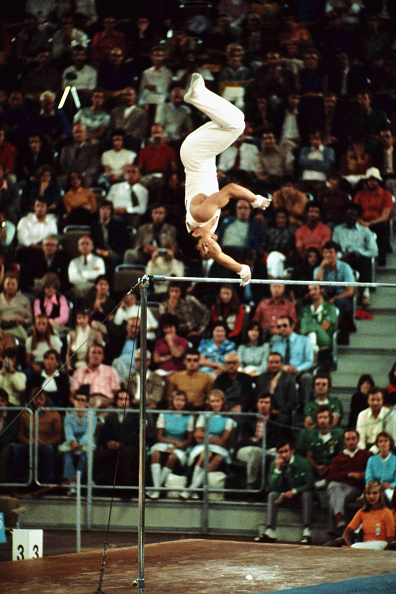In June of 1971, Nicolae Ceauşescu, the general secretary of the Romanian Communist Party, paid a visit to China and North Korea.
One year later, Chinese gymnasts went to Romania for a competition.
Note: We’ll see a similar timeline between the U.S. and China with Nixon going to China in 1972 and Chinese gymnasts traveling to the United States in 1973.
While the Chinese men’s team defeated the Romanian team, the Chinese women were not as successful. After the competition, the teams held joint training sessions, during which the Chinese gymnasts learned the compulsory routines. Apparently, Cai Huanzong’s routines looked even better than the figures used to depict the compulsory routines.
Note: After Ceauşescu’s visit to China, he published the “July Theses,” which ended a period of ideological diversity and cultural liberalization in Romania. A list of banned books, for example, was reinstated. Academics debate the extent to which Chinese political thought influenced Ceauşescu.
Note #2: China withdrew from the FIG in 1964, so this meet was important because it showed that China was dipping its toes back into the waters of international competition after a long absence.
